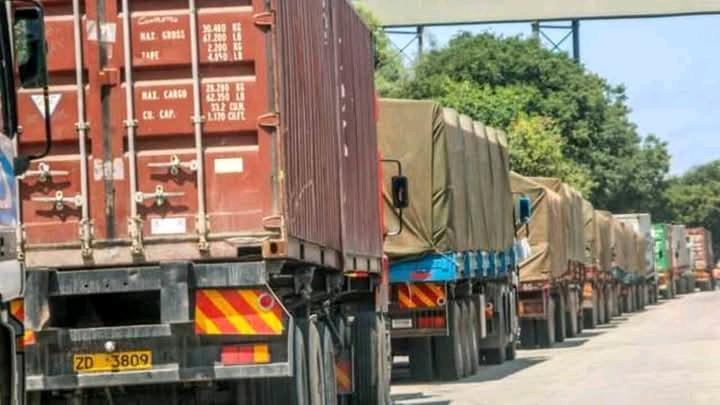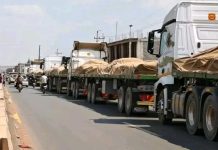
Africa-Press – Zambia. Zambia’s aggressive trade facilitation reforms are yielding impressive results, significantly reducing border clearance times, improving revenue collection, and transforming the country into a regional logistics and transit hub.
At the 4th Land-linked Zambia Conference, Zambia Revenue Authority (ZRA) Commissioner General Dingani Banda unveiled key statistics showcasing the country’s progress in border modernization, digital transformation, and regional integration.
The ZRA reported that clearance times at the Chirundu One-Stop Border Post (OSBP), which connects Zambia and Zimbabwe, have dropped by 77%, while Kazungula (bordering Botswana) saw a dramatic 93% improvement, thanks to Coordinated Border Management (CBM).
These reforms include reducing the number of border agencies from 18 to 6, and the introduction of risk-based clearance lanes, which helped 57.7% of trade consignments clear automatically in 2024, up from 35.9% the previous year.
Mr. Banda noted that technology has played a pivotal role in driving efficiency. Tools like non-intrusive scanners, electronic cargo tracking systems, and the Zambia Electronic Single Window have been instrumental in cutting down delays and reducing the cost of doing business.
The Single Window platform now connects 104 government agencies, providing businesses with faster access to permits, licenses, and approvals essential in creating a business-friendly environment that encourages trade and investment.
Cross-border customs data-sharing agreements with Botswana, Malawi, and Zimbabwe have also been rolled out, helping to combat smuggling and improve tax compliance through early risk detection and better coordination between countries.
As a result, Zambia has experienced a steady growth in trade volumes. Between 2020 and 2024, exports rose by an average of 6.1% annually, while imports increased by 12.1%, driven mainly by road freight, which accounted for 56% of all import value in 2024.
Zambia’s transit trade has surged by 17.7%, a strong indicator of its growing reputation as a preferred route for cargo transit in Southern Africa, connecting landlocked neighbors to ports and markets.
To build on this momentum, the government plans to expand OSBPs to nine more border points, including Kasumbalesa (DRC) and Katima Mulilo (Namibia). Plans are also underway to develop Smart Corridors high-tech transport routes enabling seamless, “non-stop” border crossings.
Commissioner Banda stressed that while infrastructure and systems are vital, regional cooperation and harmonization are equally critical in realizing Zambia’s vision as a trade hub.
“Our reforms are not just about efficiency; they’re about positioning Zambia as the heartbeat of regional trade,” said Banda. “The numbers speak for themselves faster clearances, higher compliance, and more revenue to fuel national development.”
With continued investment, collaboration, and policy reforms, Zambia is charting a new path toward economic transformation and regional integration through trade logistics leadership.
For More News And Analysis About Zambia Follow Africa-Press






